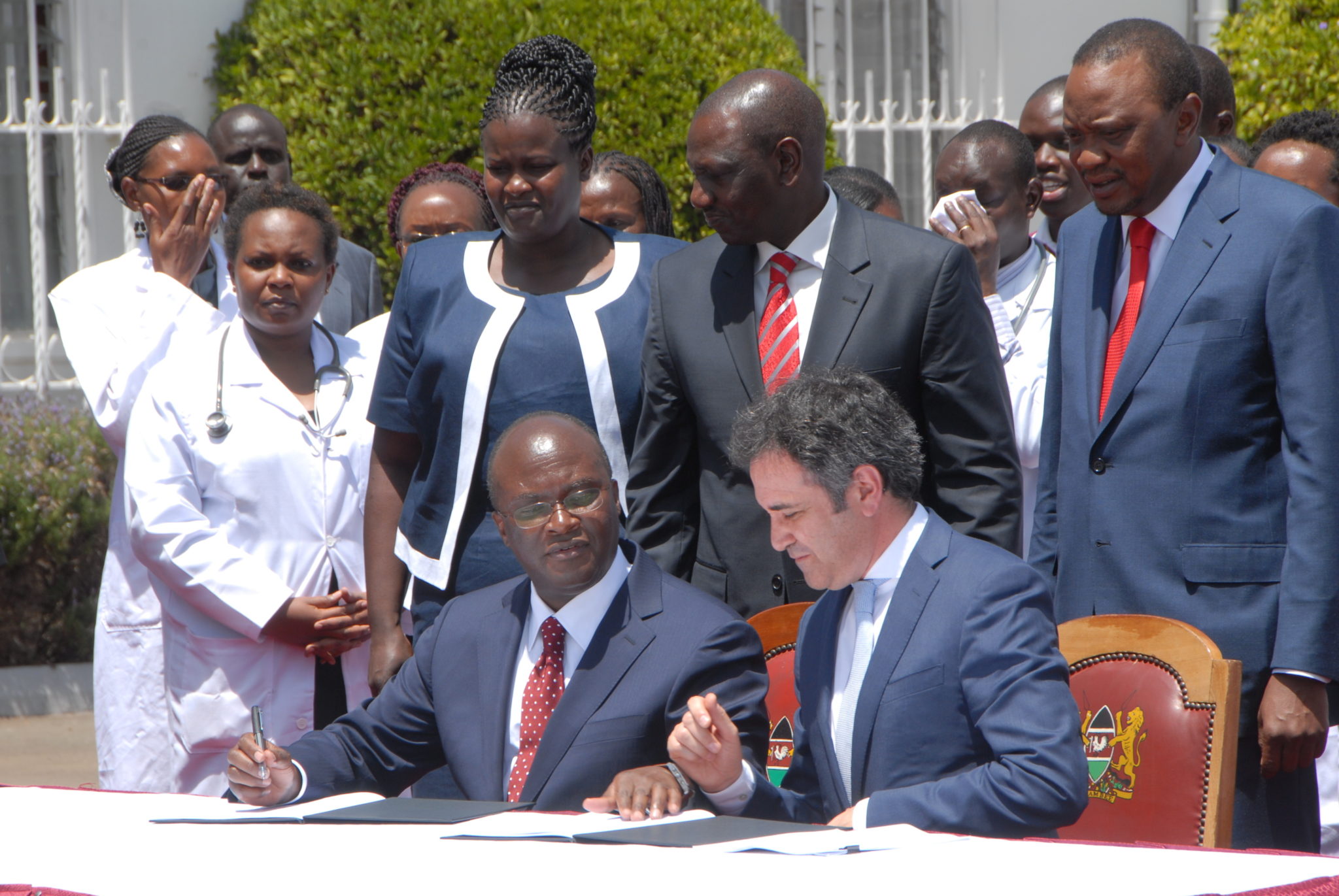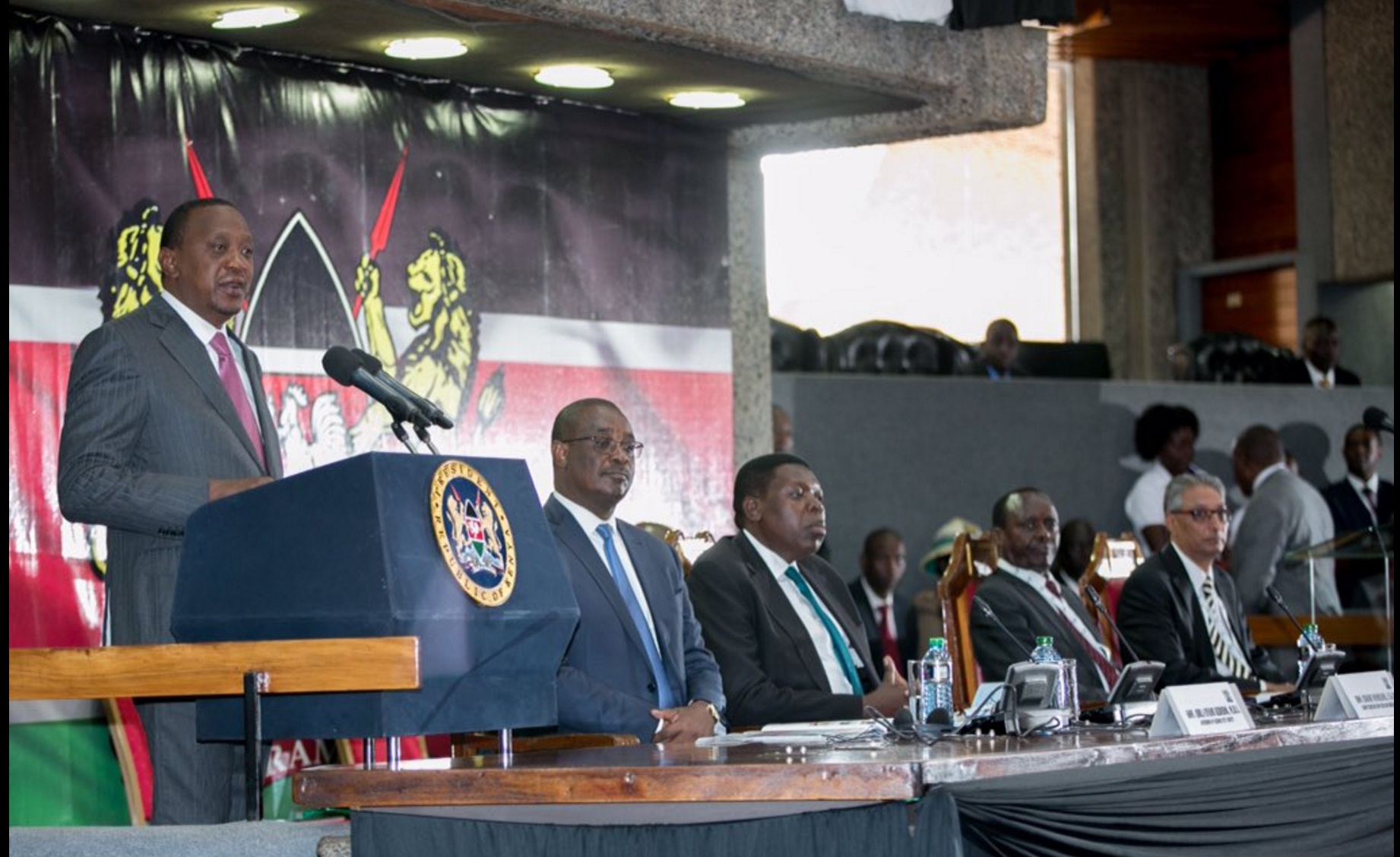A Review of the Millennium Development Goals – A Case Study of Kenya
It was once understood that “a pessimist sees the difficulty in every opportunity an optimist sees the opportunity in every difficulty”-Sir Winston Churchill. In order to interpret this philosophy I seek to review the Millennium Development Goals MDGs which were a predecessor of the failed SAP Structural Adjustment Programs and what our beloved country just like the rest of the world has achieved and its shortcoming over the course of the 13 years. In view of the fact that we are so cultural and politically oriented rather than economically empowered.
Kenya has a population of 41 million as of 2012 people of which 52% are female and 48% are male as per the Kenya bureau of statistics. The country has a GDP of 37.43% as of the year 2012. Kenya has a vast resource diverse from cultural to economic such as tourism mining, agriculture, education and research development, transport. It has a current forest cover of 2% as of the year 1990 which is an indicator of high depletion of these resource due pressure from the increasing population to deforestation. Despite the economic resource Kenya poverty gap ratio is still on the high and the governments and its people are as committed to fight food insecurity through research and development.it may be argued that the high poverty and unemployment in the country is largely propelled by corruption which is an enigma to the country development. Corruption affects negatively all development aspects in Kenya and seems to induce a mindset of mediocre for development and service delivery. Another major impediment to development in Kenya is the HIV/AIDS, malaria and other high risk diseases such as Tuberculosis and Cancer and Diabetes. The prevalence of HIV/AIDS in Kenya is still high despite the efforts made in combating it and other diseases. However, efforts such as the introduction of ARVs to the government health facilities and several targeted campaigns that seek to address and emphasis on having protected sex cannot be left unnoticed in the little noticeable progress made in the fight. Government and private sector partnership in screening and fighting of diabetes and tuberculosis can also be appreciated by Kenyans.
These recollections indicate the need to adhere to the Millennium Development Goals which was adopted by the UN in 2000 whereby the nations (Kenya being a party to) needed to address the matter pertaining to global development such as universal primary education, eradicating of poverty, promote gender equality and women empowerment, reduce child mortality, improve the maternal health, combat HIV/AIDS malaria and other disease, ensure environmental sustainability and finally to develop a global partnership for development. The MDGs were adopted by the country (Kenya) in 2000 during the president Moi’s regime and was set in 2002 during the transformation and changes of regime. It may however be argued that the political environment in the country during the decade set a better foundation for the acceleration of the achievement of several MDG’s which may be on course.
During the year 2002 presidential campaign the implementation of MDG’s was fast-track with a promise from NARC presidential campaign for the free public primary education which latter paved the way for free secondary education in line with the attainment of a universal education with the president Kibaki’s government making true is promise which was in concurrent with the fact that education was a human right.
It will be argued that “Democracy is a charming form of government, full of variety and disorder: and dispensing a sort of equality to equals and unequal alike”- Plato. Issues of gender equality and women empowerment was also addressed during the decade through campaigns focusing on the girl child and that every child male or female has a right to education. Although this may be argued in a different angle that the attention on the girl child and gender equality has led to neglect of the boy child and the roles they serve in the society. In fact, someone argued that it is expressed as having 3+1=4 and 2+2=4, this indicates that they are equal but not similar indegenerique.be. A concept that has escaped the minds of most Kenyans and failed to be understood by the society in addressing the gender equality and women empowerment in Kenya. However numerous efforts have been made by the government such as creation of healthy environment for women and youth to explore different economic opportunities for their development. In fact, the constitution of Kenya gives women and youth a better chance to develop like giving 30% of all government public appointments to women. The government has also enabled a healthy environment for innovation, entrepreneurship in order to address issues concerning poverty and unemployment through giving women and youth several resources and funds to facilitate their development. Resources such as the Youth fund and Women fund and most recently launched by the President Uhuru Kenyatta the Uwezo fund are just some the indicators of the government’s commitment to fight unemployment, poverty and enhance gender equality and women empowerment. A part from this business environment is more conducive in Kenya to set up a business is even more easier through online business registration with sites such as the incorporator whereby most service involving the setting up of a business are handled through the internet.

The government of Kenya has vowed to increase its funding and revenue collection In order to ensure that devolution and revenue allocation in the country through the 47 counties is fully implemented. This means that governance will through the county governors. In order to facilitate this, the constitution indicates that 15% of the national revenues. In order to achieve this for the 47 county’s it has introduced taxation policies may serve the purpose with to achieve the goals in revenue collection. The implementation of VAT bill 2013 has its merits in as much as we want to overlook its demerits, we cannot ignore the fact that control of the implementation the revenue collection process is bias to the ordinary Kenyan. Basic commodities are largely affected and therefore hurt the ordinary Kenyan hence affordability is low with high cost of leaving. It would be best if the government took best practices lessons from country such as China where it has suspended VAT and the turnover tax for small businesses therefore creating a better environment for small businesses to thrive and compete with large business. If such best practices is adopted in Kenya then government may kill several birds with one stone. Such as reduced its national debt as well as increase the business growth and reduced poverty level.
It is important however to note that as much as we are so eager to achieve the Millennium Development Goals we may as well remember that the development of the nation is for the betterment of the whole world. Collaboration with other nations is as important as attaining the MDGs. There have been several aspects that arose in the past decade such at the digital revolution which has made the world a more global village. The internet has redefined the way we communicate and even the UN has named the internet as a human right. The connectivity of individuals in the country and the rest of the world is very important. Kenya has made tremendous effort to accelerate this such as having its national ICT strategies that facilitate the achievement of the goal. Kenya however has a high connectivity as compared to most developing countries. We may as well say that during the past decade the country has a better run in international relations with a much more democratic government and more politically aware leaders. However, in the year 2007/ 2008 the country was rocked by post-election violence following a disputed election and more than 1000 people were killed and displacing over 300,000 people from their homes. This in turn led to investigations into the violence and hence the naming of 6 suspects by the ICC, later 3 of them were acquitted of all charges. The fact that among the 3 facing charges at the ICC are the President of the Republic of Kenya, Mr.Uhuru Kenyatta and his Deputy Mr. William Ruto. Local and international campaigns to have the ICC cases deferred to Kenya are still ongoing following the fact that the two have a duty to perform their constitutional responsibility for the country. One thing that may be noted in line with the achievement of the MDGs is the fact that the jubilee government is living up to its promise to have free maternal health care for pregnant women in government facilities. Despite the efforts that may be argued as per the MDGs to be too little too late, it will be noted that the countries child mortality rate has increased from 37% to 44% as from the 1990. With only two years to go the government has to fast-track its policies that are inclined towards the achievement of the MDGs.
Share this Story
Do you like this post or do you just want to share it with people you know?


